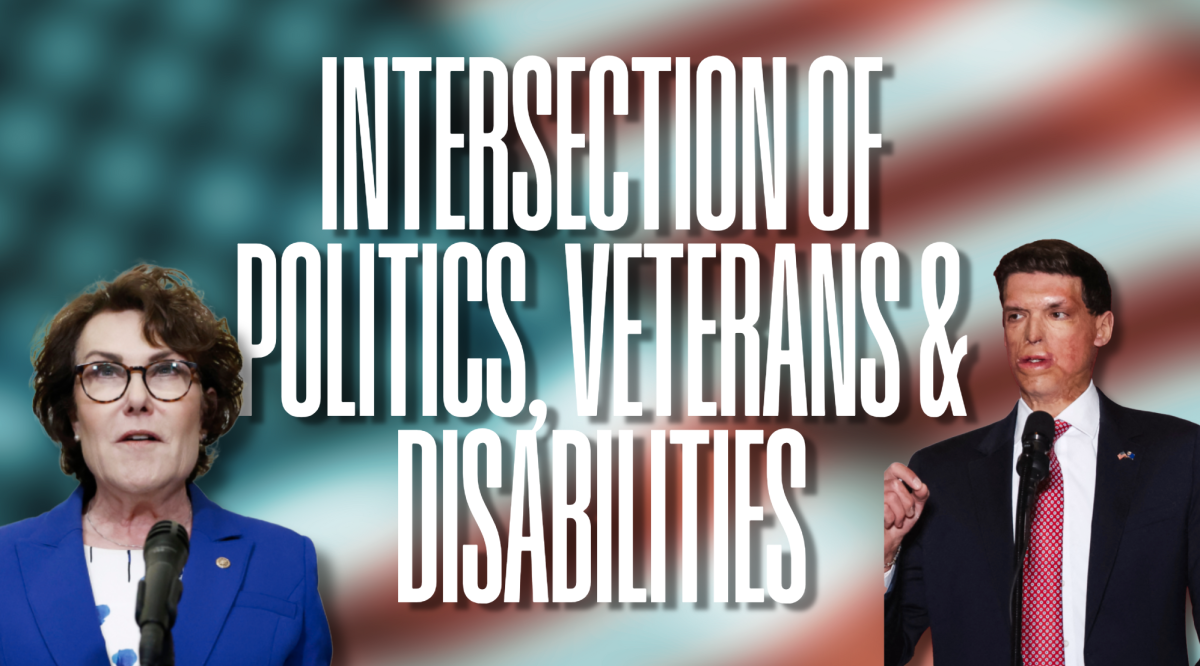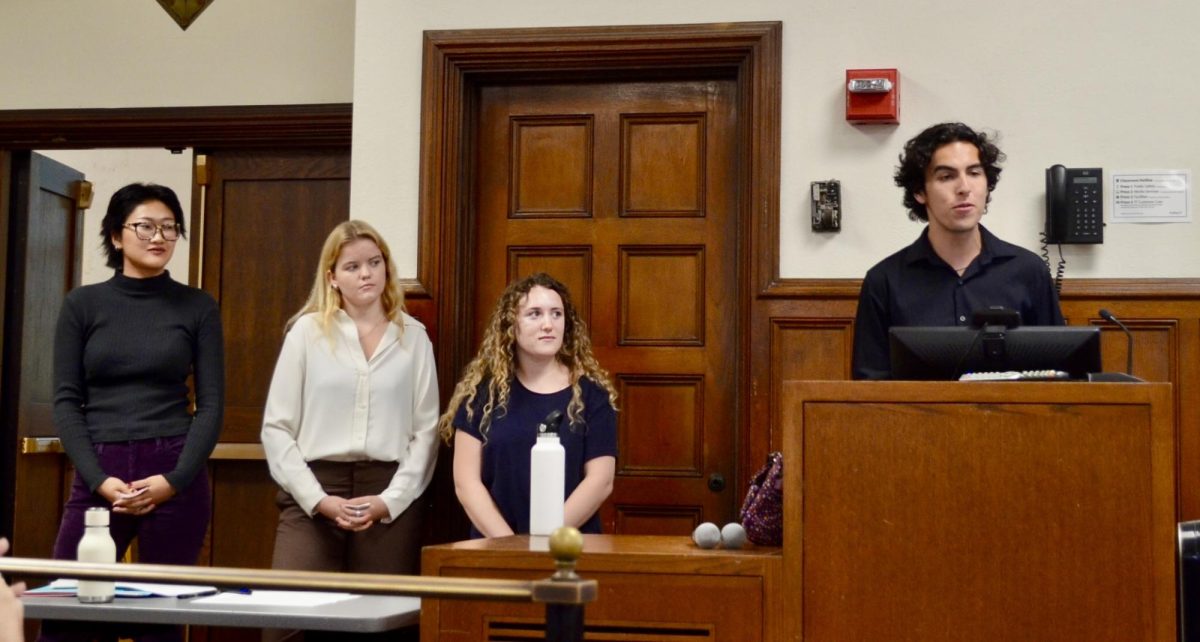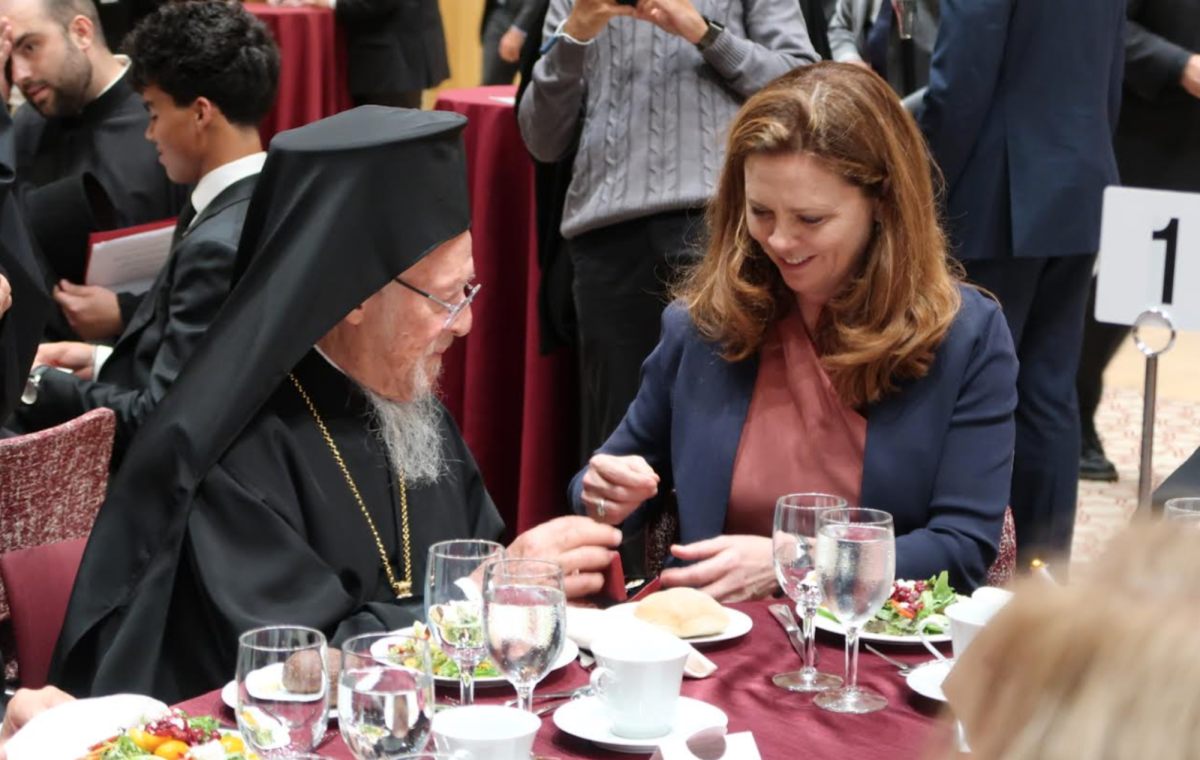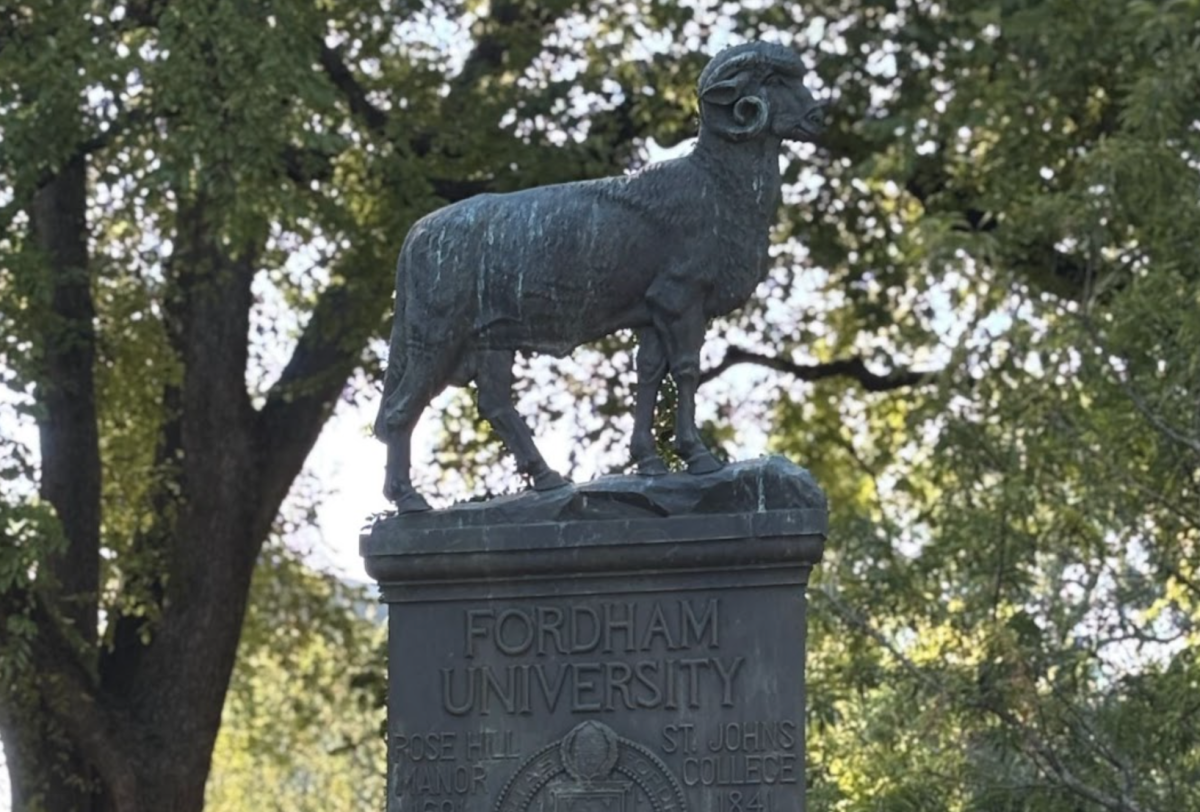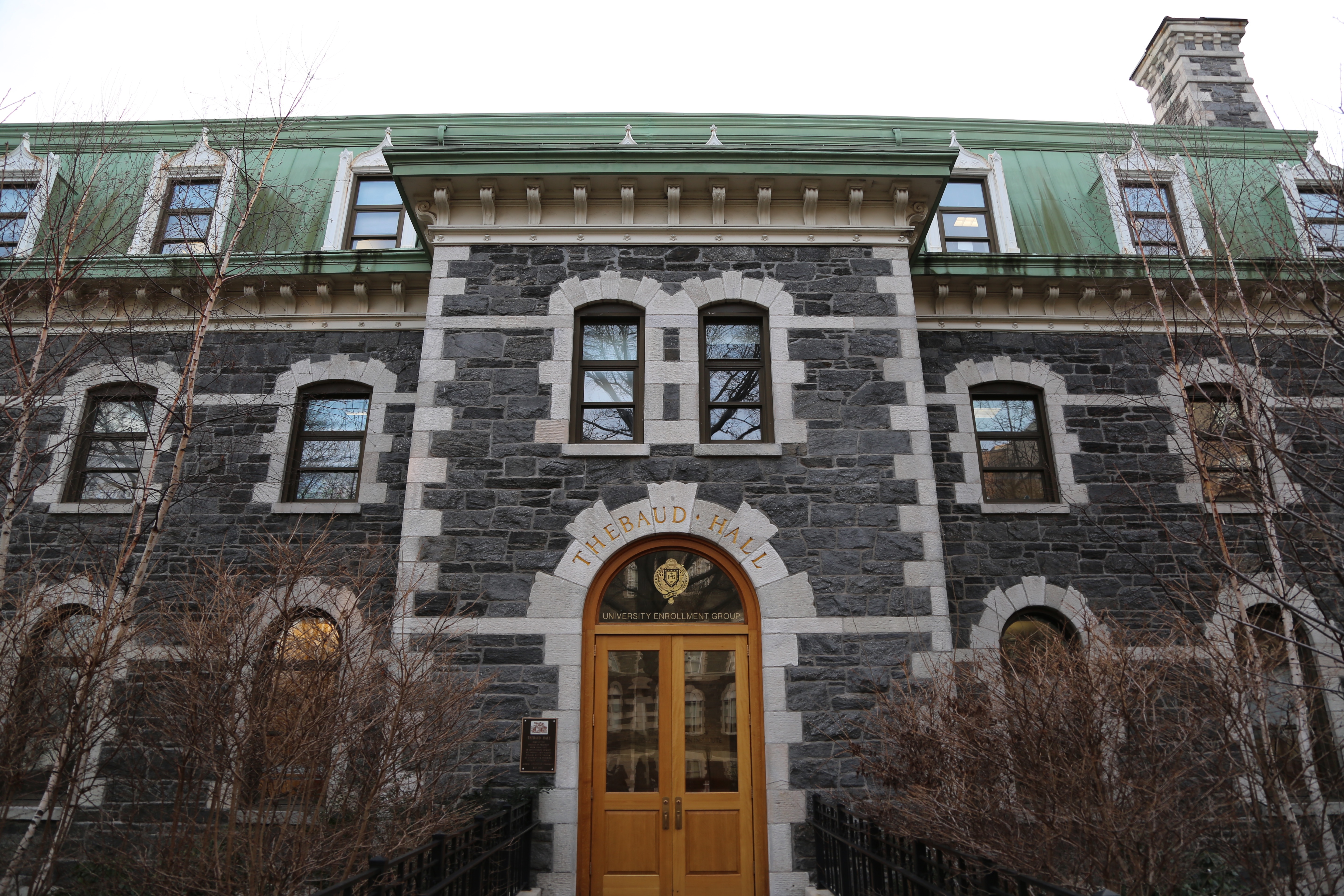
By Theresa Schliep
Forbes Magazine recently released its “Best Value Colleges 2016” list, with Fordham ranked No. 167 of 300.
Comparably, Forbes ranked Villanova University No. 64, Boston College No. 68, Loyola University Maryland No. 121 and Fairfield University No. 143.
In Forbes’ “America’s Top Colleges” 2015 list, Forbes ranked Fordham No. 153, Villanova No. 72, and Boston College No. 37.
Forbes considered tuition costs, quality of the institution, graduation success rates and post-graduates earnings in making the list, according to its website.
Both freshmen and seniors voiced concerns about the ranking.
“I’m not concerned about the quality of Fordham as an educational institution,” said Amanda Boyajian, FCRH ‘19. “Rather, I am concerned that Fordham is not committing itself to helping students’ financial needs.”
For some, the term “best value” was a confusing indicator for a university’s quality compared to its cost.
“I am really interested to learn more about what “best value” entails, because on one hand I think that Fordham has a lot to offer and provides a great education,” said Jamie Toto, FCRH ‘16. “But on the other hand, I recognize that it is expensive”
Robert Howe, senior director of communications at Fordham, said in an email interview that the other universities on the list have greater endowments than Fordham.
“The Forbes ranking is disappointing,” said Howe. “But it does not reflect the quality of education nor research at Fordham.”
There are inconsistencies between various ranking systems administered by publications such as U.S. News & World Report, Forbes and Businessweek. Howe attributes the ranking to Fordham’s relatively small endowment as compared to peer institutions.
“There is no private college above Fordham in the U.S. News ranking with an endowment smaller than ours— the vast majority measure their endowment in the billions,” he said.
However, Fordham’s endowment was about $665 million in 2015, compared to Villanova’s approximate $554 million endowment, according to the National Association of College and University Business Officers’ research.
Harvard University’s endowment, in contrast, stands at approximately $36.7 billion.
According to Howe, endowment inevitably affected ranking.
“A larger endowment affects all the variables the ranking systems measure,” he said. “It means universities can offer more financial aid, hence greater selectivity, higher faculty salaries and smaller class sizes, among other issues.”
Nationally, universities use endowment resources at a rate of about 10-15 percent to lower costs for students, per a Forbes Magazine article, “Are Rich Colleges Better?”
The university declined in U.S. News and World Report’s 2016 edition of Best Colleges from No. 58 in 2015 to No. 66 in 2016. The magazine ranked Fordham No. 52 in 2013 and No. 57 in 2014.
Forbes called its “Best Value Colleges” 2016 list “newly re-imagined.” Science, mathematics, engineering and technology oriented universities comprise most of the top rankings. Only two east coast private schools make the top ten—MIT and Harvard—while the rest are mostly public, west coast schools.
The magazine ranks colleges and universities using a series of methods. Partnered with the Center for College Affordability and Productivity, the magazine took into consideration quality of the institution, determined by their “2015 FORBES Top Colleges” rankings, drop-out risk, graduation success, post-graduate earnings, “value added”— the effects a university itself has on students’ future salaries— and gross tuition and fees.







































































































































































































